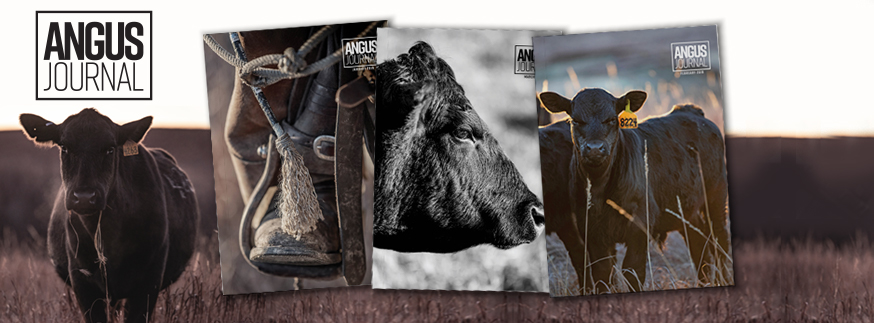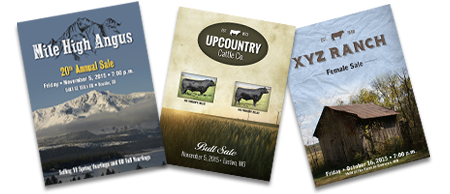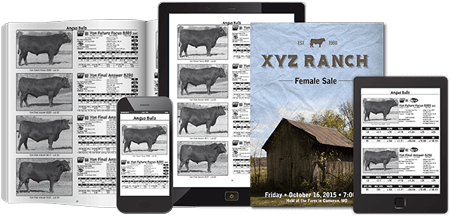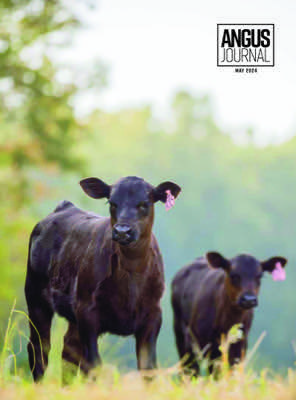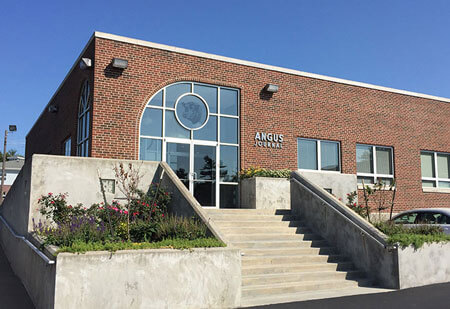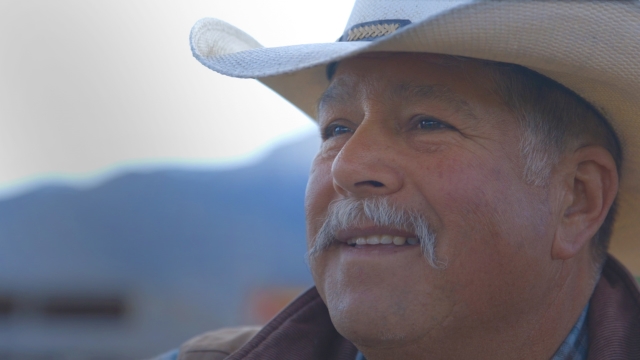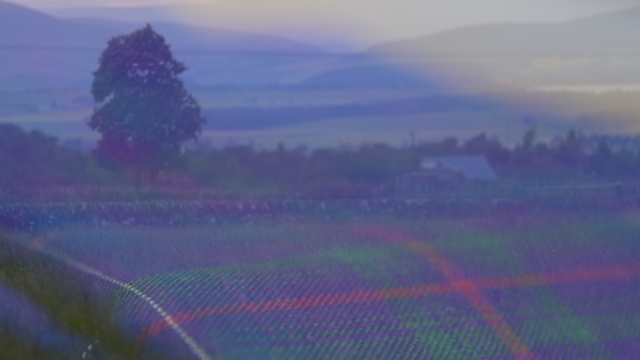On slow days at the ranch, Kelsey can be found sitting at her dining table with her loom, beading elaborate designs for belts, tack and purse straps. Her fingers glide gracefully between her bowl of beads and the strings on the loom, piecing her work together row by row. While graph paper and computer software make drafting a pattern fairly easy, what Kelsey enjoys most is diving right in and seeing where the beads take her.
Her passion for beading derives from the elaborate beadwork on traditional Lakota clothing. Kelsey and her family are guided by their Lakota heritage. It is what defines the Ducheneaux family and how they live their lives.
"Our Lakota culture teaches us that everything is connected, from the inanimate objects like the rocks and the soil to the animals we get to raise," Kelsey says.
The Cheyenne River Sioux Reservation in north central South Dakota encompasses approximately 3 million acres, making it one of the largest reservations in the United States. It is home to thousands of tribe members, but also many others. The DX Ranch is home to as many as 14 people at different points throughout the year, but Kelsey feels at home anytime and anywhere when she’s on the Cheyenne River Sioux Reservation.
"That sense of community still exists among my tribe,” Kelsey says. “We were raised to care for everyone like family."
Like the generations before her, Kelsey upholds a tradition of caring for the community. Her personal commitment to the animals and people is evident as she describes the ranch and wide-open landscape.
"When I’m out here on this land, I feel a connection closer than just with the animals and the people that exist here now," she says. "I feel a connection with the traditional sustainability that the Lakota people used to embody in their lifestyle."
Even in the middle of nowhere, they always expect unexpected company.
"We might have someone drive up while we are working,” Zach says. “We’ll stop, have a cup of coffee, visit, play that discussion out, and we won’t try to hurry them out of here so we can get back to whatever we were doing."
A testimony to this communal mind-set would be their Ducheneaux ancestors. The Ducheneaux name originates from Poitiers, France, from which Napoleon Ducheneaux emigrated to be a fur trapper. Because of the Lakota’s communal approach to life, Napoleon became connected with the Lakota and married a Lakota Sioux woman.
"One of the most prominent lessons that stands out from my grandfather is family first, and I’ve learned family isn’t just those who we’re related to," Kelsey says. "It’s everybody."

